-
Posts
265 -
Joined
-
Last visited
Content Type
Forums
Detector Prospector Home
Detector Database
Downloads
Posts posted by ALEXANDRE TARTAR
-
-
It is not the voltage that is important in a PI but the current in the coil and the number of turns.
Of course with a similar coil (fixed resistance), a higher voltage gives a higher current (U = R * I)
It is better a PI 6 volts and 4 amperes in the coil rather than a PI 16v and 1A in the coil ...At startup we designed the battery pack on the basis of li-ion. But it should have cost between 50K and 100K USD of compliance. Since we wanted to change the mechanical type of battery in the future to something more universal, we haven't chosen the li-ion option for the now.
-
Yes it's true.
Nothing is impossible at this level, it is just a compromise between the time to spend and the profitability of a detector of this type.
It already works and we know how to do it, but as in any development you have to produce it and do a market study
1 minute ago, Chase Goldman said:Aussi, et j'ai peut-être mal interprété cela, mais Alexandre a laissé entendre que les futures variantes spécialisées d'Impulse utiliseraient probablement un traitement analogique numérique qui pourrait résoudre les limitations ci-dessus associées à la version AQ.
-
We find a multitude of detectors on the market, with more and more sensors, but nothing evolves on fundamental research.
There is no point in having various sensors if these are gagets and does nothing for the 6 points mentioned above.
AI must be designed at a very low technological level (in the fundamental)
Don't forget the target :
A detector is designed to find always more and more easily by taking pleasure in it.
The rest is of little use.
-
1 minute ago, schoolofhardNox said:
#7. Mitigation of all EMI. That would be my dream !!!!
Yes, that is all the more true since it will not improve in the years to come!
The number of transmitters of all types and their power are constantly increasing ... -
I am nuanced regarding the subject.
There are beaches where you will never touch the subground...
There are beaches which every 10 years lose 7 meters of sand, then we see the subground, and then it takes 5 meters of sand for 20 years ... A good machine must have good use.I think the next improvements will be on the side of the ground effect.
To succeed in detecting better where others detect less well.6 best points for improve metal detectors :
1° Best sensitivity on Gold targets
2° Highly reactive system
3° Rock-solid stability
4° Ground effect compensation (magnetic soil)
5° High recovery Speed
6° Iron discrimination -
Steve, it is very well said, very good analysis.
This analysis has always been one of my philosophy for the AQ conception. -
Yes Steve is entirely right, nothing is infeasible at this level, but it is not a priority.
We already have the technologies of tomorrow that will replace these, so I already have less desire to develop this on this older technology.
Now, I focus on the development of gold nuggets metal detectors, I test my models with 2 different evolving technonologies.
In all cases the outcome will be for this year.
-
Here is a detectorpro audio headset.
But I improved the quality and the power of these headphones, so it will be in production a black headphones with the same mechanics but a higher audio power. -
-
It is possible but it is quite rare depends the size and the mode, on volcanic sand do not think about it for the small gold chain.
You have to listen to Le.Jag before me, Le.Jag is much better than me, he has thousands hours of practice with all PIs versions.
He can tell the difference in ALL METAL mode between the pulltab and the ring, the sound is not as clear and sharp.
The faster the pulses, the easier it is to hear the difference between a ring and a double ring (pull tab)
-
Here are some results after 7 days underwater only detection on volcanic beaches (tests carried out by PERMIT on the "Reunion island").
Where the EXCALIBUR is not able to detect a 15grs gold ring put above the volcanic sand ...
The beaches are very polluted, and the IMPULSE AQ has done well.
The gold weight speaks for itself ... We see the waste, the coins and everything is there ... There is no ferrous or very little
It's the old IMPULSE AQ mechanical parts...
-
It is obvious that in this mode the sensitivity is reduced, you will not detect 2grs of gold at 18 inches as with the all metal mode.
But you should find it at least 14 inches.
Anyway he is the only one to make that, no competition on the market.
-
14 minutes ago, vive equinox said:
In europe seem to be 2490€ .
Did the settings function same as tone mode in the volcanic mode ?
No, it's the same Mute mode in Volcanic mode, but more aggressive, IMPULSE AQ will cut the volcanic sand, iron ground, and iron parts in the same time. And he continues to see gold through these layers or ferrous metals.
-
-
I'm not worried about this, there are a multitude of details that make it difficult to copy.
Physics of materials ... I cannot say much more about this.
The gold versions are more interesting for copying, the market is more interesting. -
Yes in all mode...
-
Foreword: For reasons of technological confidentiality, it is obvious that I could not discuss certain technical details. I can only share my knowledge in a relative way in order to give a comprehensive understanding satisfactory to the reader. So I'm going to do a little popular science oriented to "PIs".
All metal detectors based on an impulse principle depend mathematically on the ‘exponential decay’. This exponential decay is multiple, it is a series of exponentials nested in each other.(Ground effect + target + etc). Each exponential decay corresponds to a time constant.
Each target has its unique time constant. I mean by target, rings, gold nuggets, ground effect ...
Target size is indeed an issue when looking at this for the first time.
But once the size of the targets is removed from the equation (yes, this is easily doable) the time constants are homogeneous and identifiable without drifts.
Analogue analysis is not enough to deal with this kind of problem, digital processing is essential.
However, analogue analysis can be greatly improved to meet certain research expectations without losing too much sensitivity. This is what is done in the IMPULSE AQ and has never been done before.
The IMPULSE AQ is one of the first models in a range of PIs, these future models will be more and more upscale. I'm not talking about gadgets here, but technology. This detector will however already be classified among the high end of the market for beachcomber. The IMPULSE AQ has a purely analogue analysis.
Although this analysis is analogue, it differs greatly from the other models.
This analysis has been improved and it compensates for the majority of the time constant identification problems of gold jewellery.
The IMPULSE AQ is not a coin shooter, it is only intended to detect gold jewellery and this on all types of sand saturated with sea water.
Although some coins or silver rings have long time constants, not all of them will be rejected in "Mute" mode. But as mentioned above, this is not a coin shooter, so that is not our goal.
People who want to detect coins and objects that are not gold can find on the market a multitude of metal detectors, examples Equinox 800, BBS etc ...
These prospectors will then be confronted with prospectors who will have the IMPULSE AQ and will lose 20 to 30 cm on a 2 gr ring in 18K gold in the best case.
In the worst case, they will not even be able to detect a large gold ring on volcanic sand.
This is another of the characteristics of the IMPULSE AQ, this model is provided with a specific mode which makes it possible to detect in volcanic sand saturated with sea water with a reduced loss of sensitivity.
The IMPULSE AQ cannot however be used to search for gold nuggets, other models are provided for this, they are more sensitive and do not need to compensate for the conductivity of seawater.
These systems are designed differently…
I cannot say more about the various technologies under development at this time.
The IMPULSE AQ has the following modes:
- ALL METAL
- TONE
- MUTE
- VOLCANIC SAND
The discrimination by analogue analysis of the time constants of the IMPULSE AQ allows it to place almost all of the gold jewellery in "high pitch"
Here is an example of a time constant from smallest to largest:
10k --> 14K --> 18K --> 22K --> 24K
0.3 gr --> 30 gr
All jewellery below 22K whatever the weight will be detected with a minimum loss of sensitivity (10%)
22K jewellery will have a greater loss of sensitivity depending on their weight (20%).
For 24K jewellery, some will be detected in low pitch depending on their weight.
But in all circumstances, the sensitivity in MUTE / TONE / or VOLCANIC SAND mode is extremely superior to all VLF, and BBS on the market. (from simple to double)
In ALL METAL mode, there is of course no analysis of time constants so, no loss of any kind.
Iron is detected in all-metal mode by its characteristic double beep (provided the sound is at the limit of detection). This double beep is also present in Tone mode.
The IMPULSE AQ has many other advantages that competitors do not have.
It was once said in the forums that it was impossible to descend below 10µs of pulse delay on the sand saturated with sea water. This figure is of course to be taken lightly, because It is not difficult to design a PI with a short pulse delay but it is difficult to design it with a strong coil current!
The IMPULSE AQ has a powerful coil current and it is now placed at 7µs of pulse delay, which gives it a increased sensitivity on all types of jewellery sizes.
There has been a lot of work at this level to decrease the influence of the conductivity of the salt, maintain a very high stability and a small pulse delay.
For all these years of research, the IMPULSE AQ has been a tremendous development platform for my future technologies, already completed for the gold nuggets market.
To be continue.... (I am sick today)
-
Hello,
I am physicist engineer to Fisher Research Laboratory, I designed the Impulse AQ.
Your subject is constructive, so I will read the post carefully and I will try to answer it tomorrow.
I am French and I need a little time to read and respond.... 😉
Alexandre

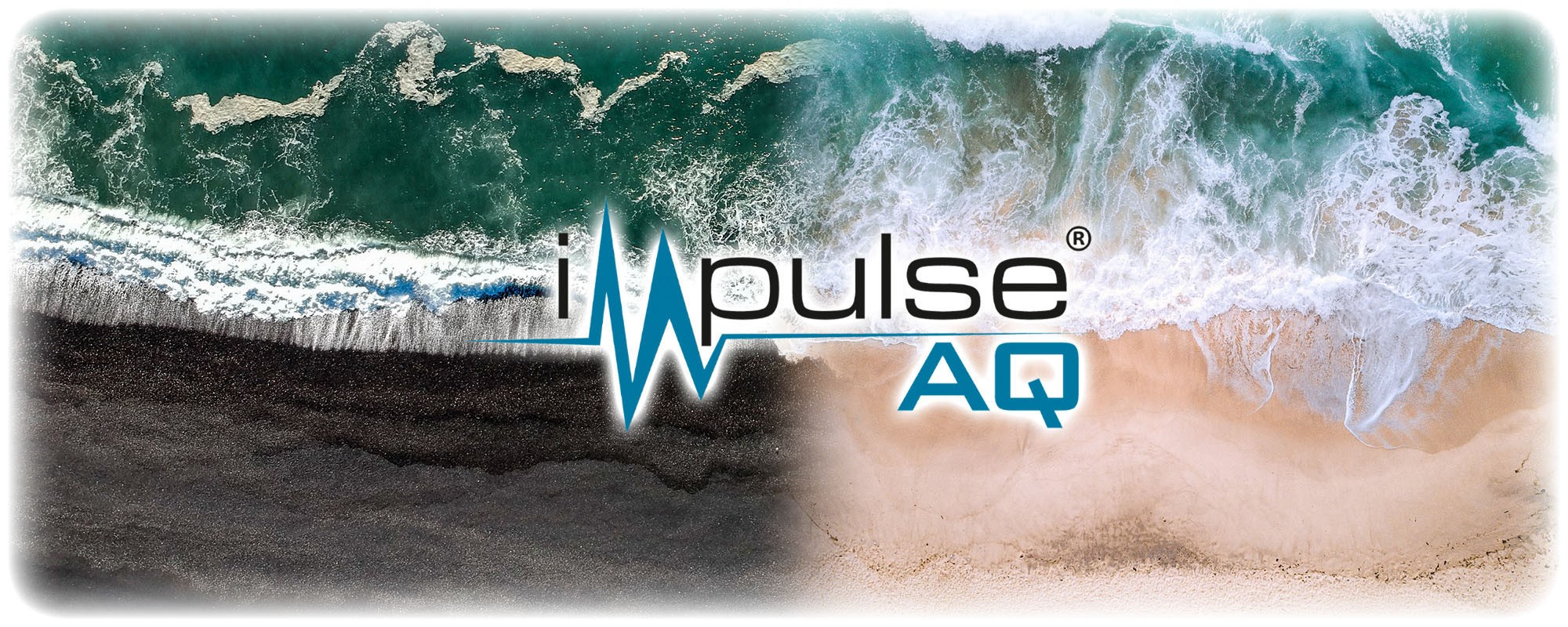
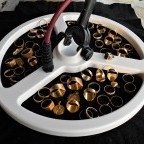
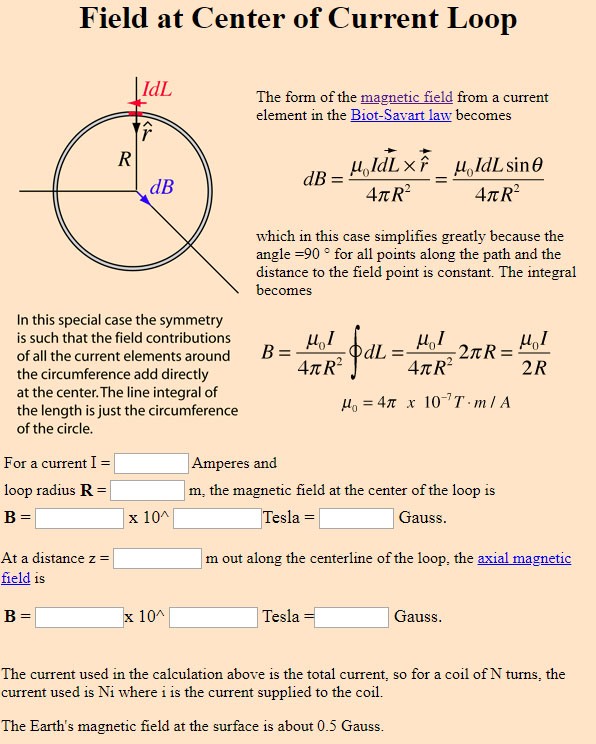

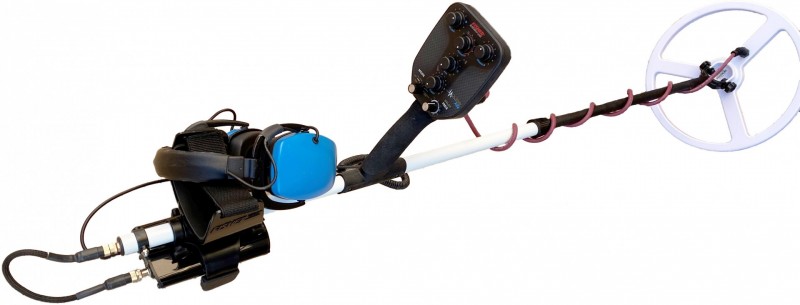

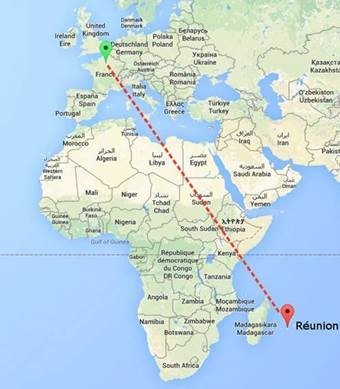

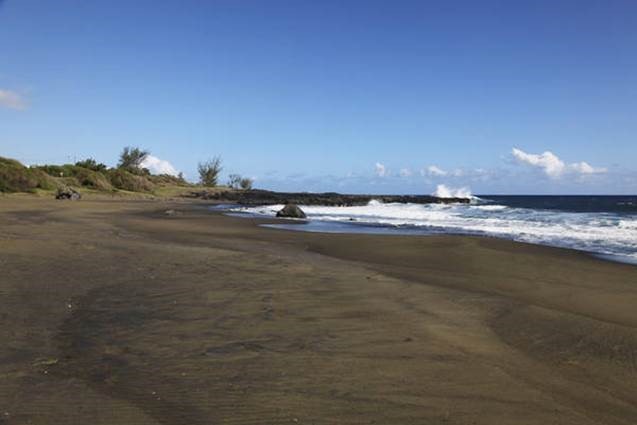
Impulse AQ Switch From Lithium Ion To Nickel Metal Hydride Batteries
in First Texas - Bounty Hunter, Fisher & Teknetics
Posted
Yes the voltage is regulated at 15V and therefore also the current until the end of the battery.
Do not confuse the current in the coil and the consumption of the detector on the battery in mAh
Here we are talking about a battery consumption in all metal mode of 520mAh for> 4,000 PPS and a coil current of 2.5A at peak.
In volcanic mode 1600 PPS and 360 mAh for the battery consuption in the coil of 2.5A at peak.
If I am not mistaken, the current in the coil of the TDI is only 1.8A.
If it consumes more on the battery for a lower coil current it is because it loses all its power in Joule effect (in the dissipation of heat through the components)